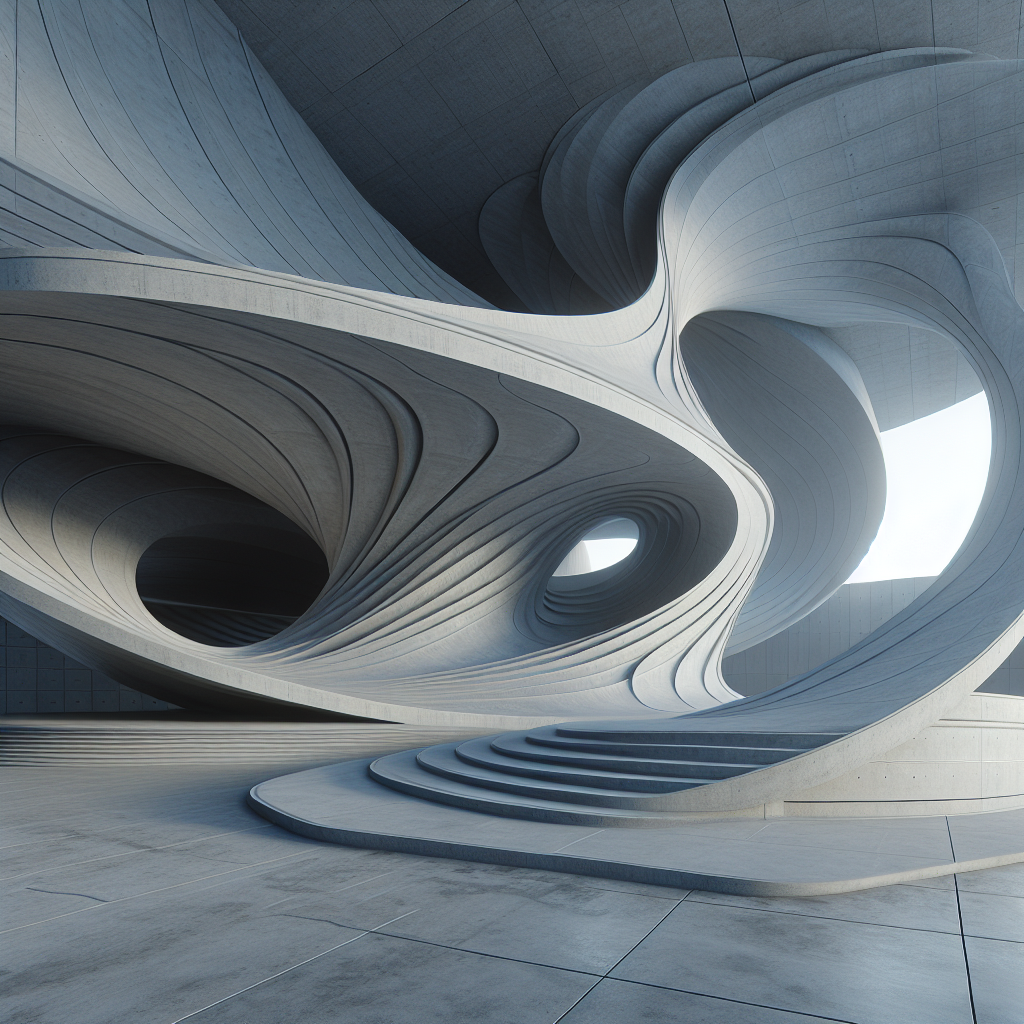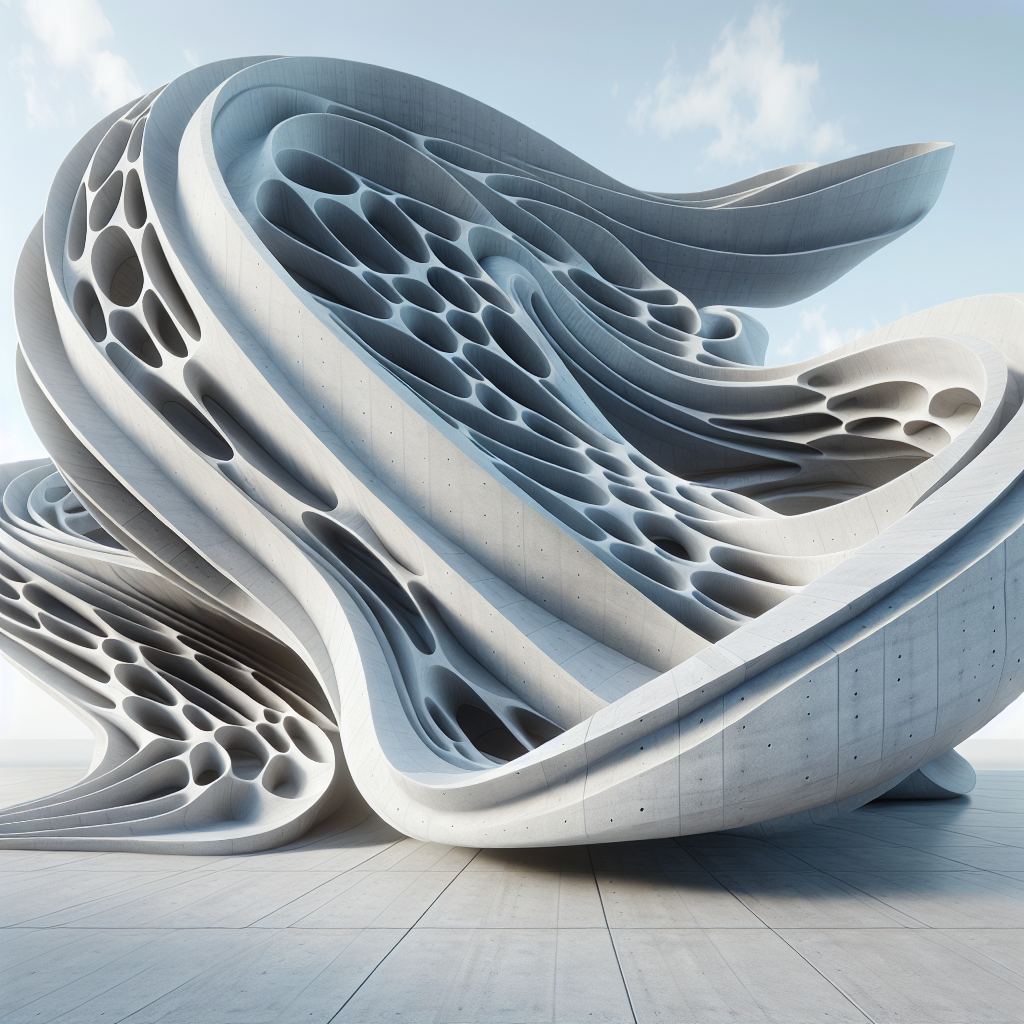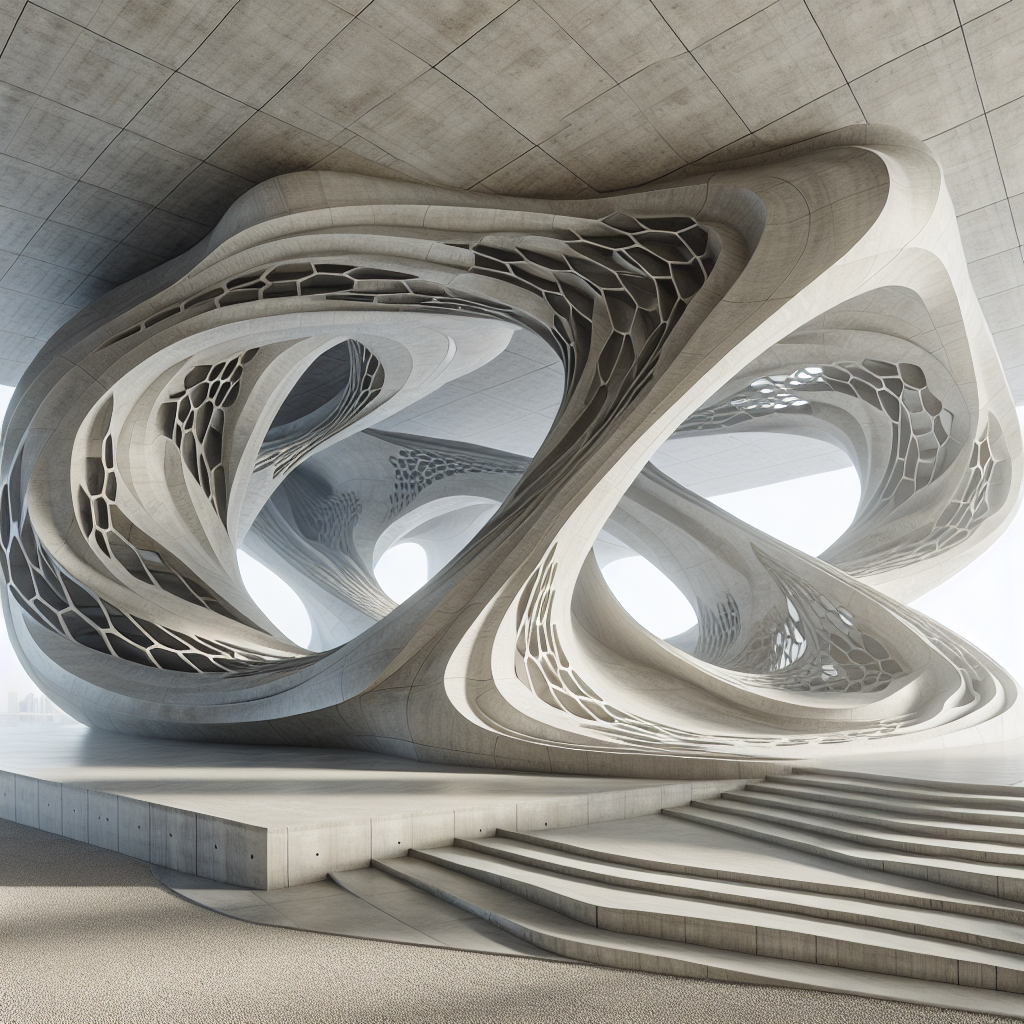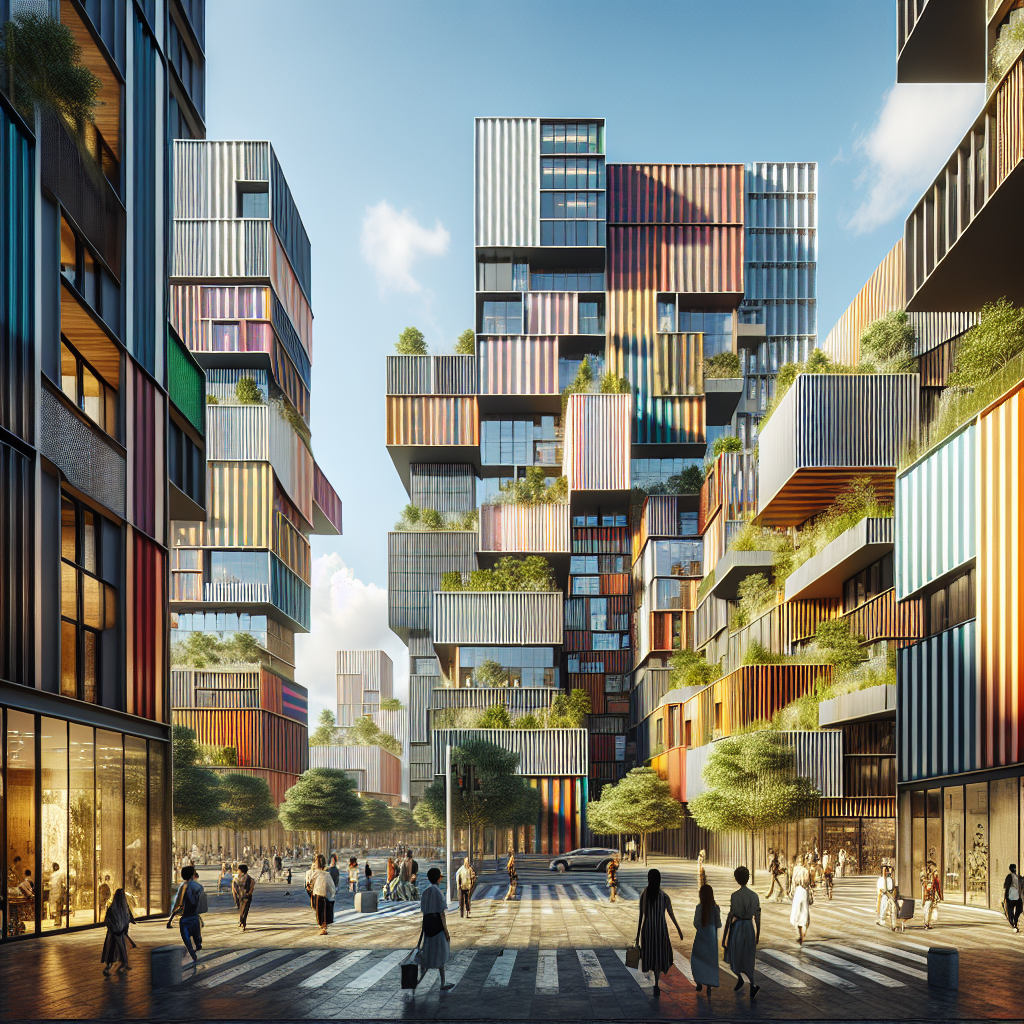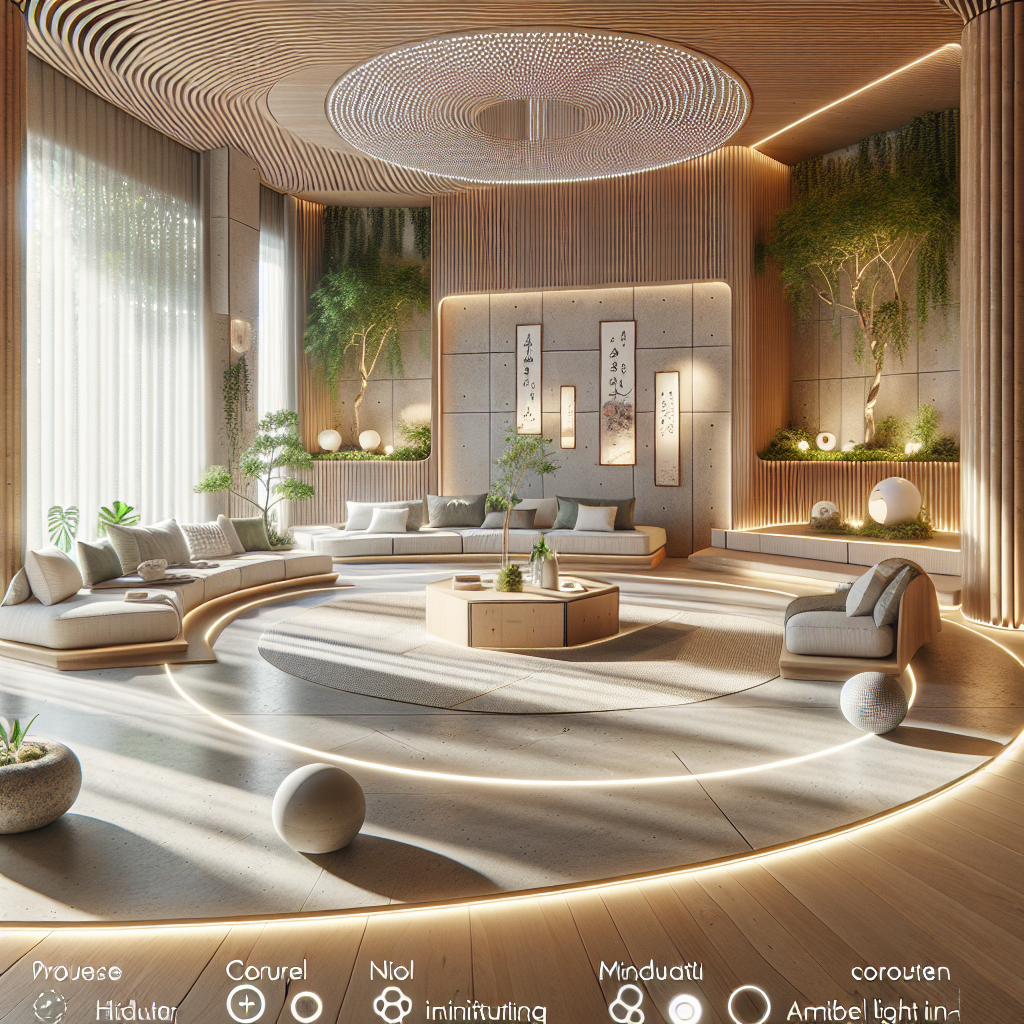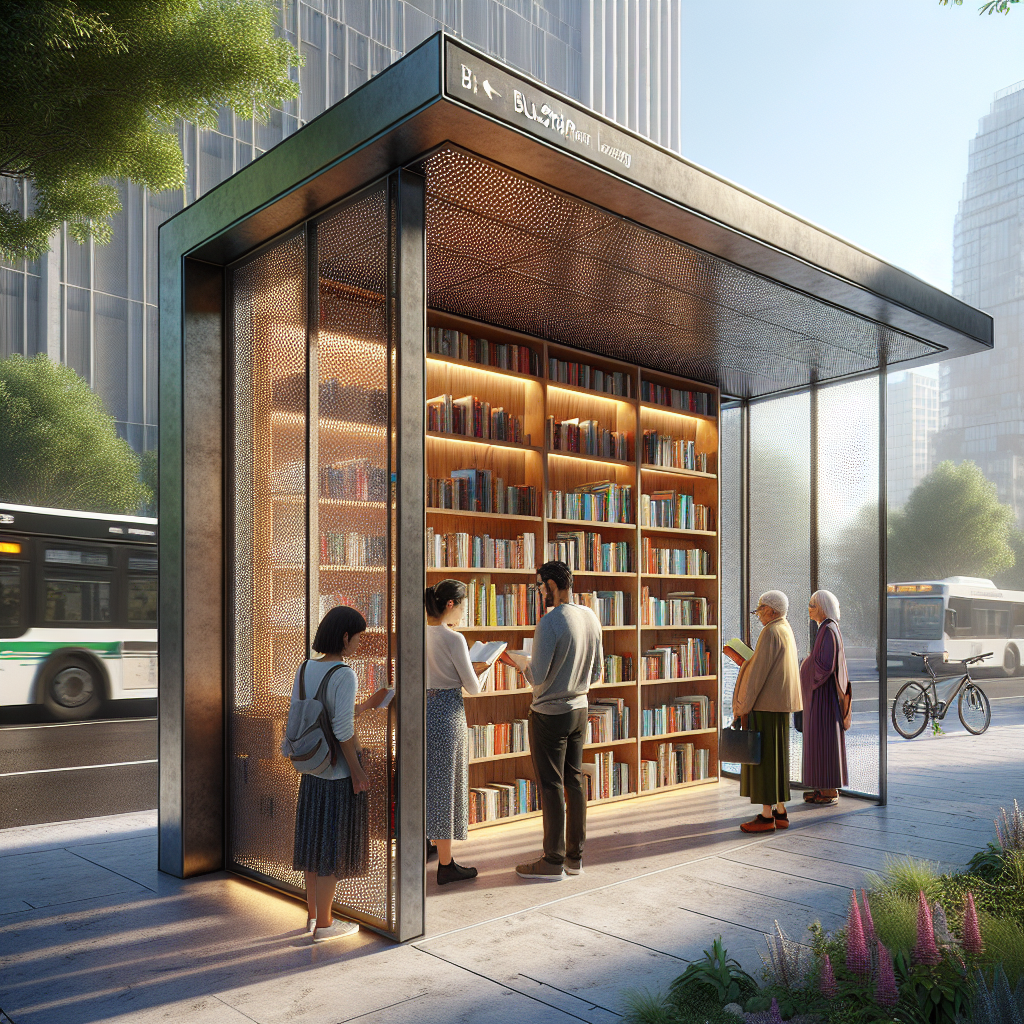Concrete parametrics fluid: forms cast from 3D-printed molds
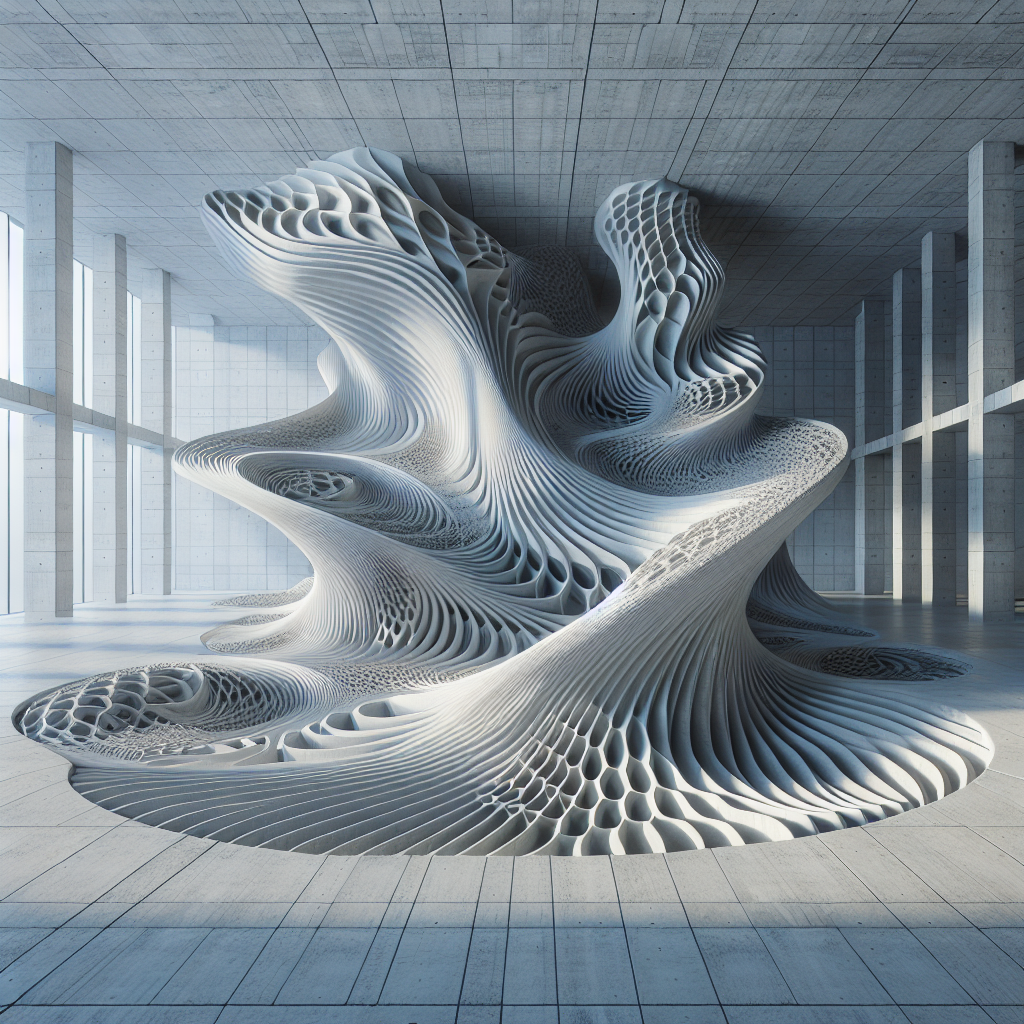
Concrete Parametrics Fluid: Forms Cast from 3D-Printed Molds
In the ever-evolving landscape of contemporary architecture, the fusion of technology and material innovation has paved the way for groundbreaking designs. Among these innovations, concrete parametrics fluid stands out as a compelling trend, redefining the aesthetic and structural possibilities of concrete through the use of sophisticated 3D-printed molds. This revolutionary approach has empowered architects and designers to explore previously unattainable forms, ushering in a new era of fluidity, complexity, and elegance in architectural expression.
The Rise of Parametric Design in Concrete Architecture
Parametric design, a methodology that employs algorithms to generate complex geometries, has increasingly become a cornerstone of contemporary architecture. By leveraging computational tools, architects can manipulate parameters to produce intricate and adaptive forms that respond dynamically to environmental, structural, and aesthetic considerations. Concrete, traditionally perceived as rigid and monolithic, has found new life through parametric methodologies, transforming into an expressive medium capable of achieving remarkable fluidity and precision.
Recent projects such as Zaha Hadid Architects’ parametric masterpieces exemplify how concrete parametrics fluid has redefined the boundaries of architectural possibility. These designs showcase sweeping curves, intricate lattices, and organic forms that appear to defy gravity, challenging conventional perceptions of concrete as a purely structural material.
3D-Printed Molds: A Catalyst for Innovation
Central to the advancement of concrete parametrics fluid is the adoption of 3D-printed molds. Unlike traditional formwork, which is labor-intensive, costly, and limited in complexity, 3D-printed molds offer unprecedented flexibility, precision, and efficiency. Utilizing digital fabrication techniques, designers can rapidly prototype and produce molds tailored to highly specific and intricate geometries, significantly reducing construction timelines and material waste.
For instance, the pioneering work of ETH Zurich’s Digital Building Technologies research group has demonstrated the immense potential of 3D-printed molds in concrete construction. Their innovative methods have enabled the creation of ultra-thin, structurally optimized concrete shells, achieving a delicate balance between strength and aesthetic elegance. This approach not only enhances architectural expression but also aligns with sustainable practices by minimizing material usage and environmental impact.
Fluid Forms and Aesthetic Possibilities
The marriage of parametric design and 3D-printed molds has given rise to an entirely new architectural language characterized by fluidity, continuity, and organic beauty. Concrete structures now exhibit a sculptural quality, reminiscent of natural forms such as waves, shells, and biological organisms. This aesthetic shift aligns with broader trends in biophilic design, emphasizing harmony between built environments and natural ecosystems, a concept explored in depth in our article on biophilic design and its impact on human health and well-being.
A notable example is the striking “Fluid Pavilion” by architecture firm Studio RAP, located in Rotterdam. The pavilion’s undulating concrete canopy, cast from digitally fabricated molds, evokes the gentle ripples of water, creating a serene and immersive spatial experience. Such designs exemplify how concrete parametrics fluid transcends mere functionality, transforming spaces into captivating works of art that resonate emotionally with occupants.
Sustainability and Material Efficiency
Beyond aesthetic innovation, concrete parametrics fluid also addresses critical sustainability challenges facing the construction industry. Traditional concrete construction methods often result in significant material waste due to imprecise formwork and over-engineering. In contrast, parametric design combined with 3D-printed molds enables precise material optimization, reducing waste and enhancing structural efficiency.
Moreover, recent advancements in sustainable concrete mixtures, including the integration of recycled aggregates and low-carbon binders, further amplify the environmental benefits of this approach. As discussed in our exploration of zero-waste masterpieces, embracing circular economy principles in architecture is paramount for achieving long-term sustainability goals.
Challenges and Future Prospects
Despite its numerous advantages, the widespread adoption of concrete parametrics fluid faces several challenges. The initial investment in digital fabrication technologies and the need for specialized expertise can pose barriers for smaller firms and projects. Additionally, building codes and regulations may lag behind technological advancements, requiring architects and engineers to navigate complex approval processes.
Nevertheless, the trajectory of innovation remains promising. As technology becomes more accessible and cost-effective, and as regulatory frameworks evolve, concrete parametrics fluid is poised to become a mainstream architectural practice. The integration of artificial intelligence and machine learning, explored in our article on AI in architecture, further expands the potential for automated optimization and customization of concrete forms, heralding a future where architectural creativity is limited only by imagination.
Case Study: MX3D Bridge, Amsterdam
An exemplary case study highlighting the potential of concrete parametrics fluid is the MX3D Bridge in Amsterdam. Although primarily known for its metal 3D-printing technology, MX3D’s approach to digital fabrication has significantly influenced concrete construction methodologies. The bridge’s organic, fluid form, designed parametrically and realized through advanced fabrication techniques, exemplifies the synergy between computational design and material innovation. This landmark project not only showcases aesthetic ingenuity but also underscores the structural possibilities unlocked by digital technologies.
Conclusion: Embracing a Fluid Future
Concrete parametrics fluid represents a transformative shift in architectural practice, merging computational design, digital fabrication, and material innovation to redefine the expressive potential of concrete. As architects and designers continue to explore this dynamic frontier, the built environment will increasingly reflect the fluidity, complexity, and sustainability inherent in nature itself.
By embracing these advancements, the architecture and design industries stand poised to create spaces that are not only visually captivating but also environmentally responsible and structurally efficient. Concrete parametrics fluid is more than a trend—it is a profound evolution in the way we conceive, design, and construct our built environment, heralding a future of limitless architectural possibilities.
